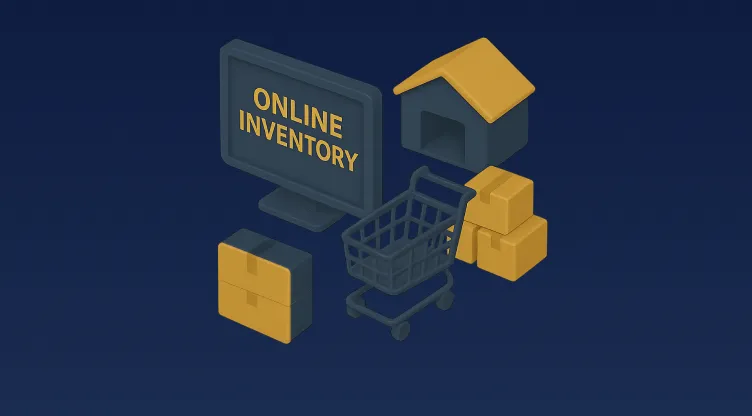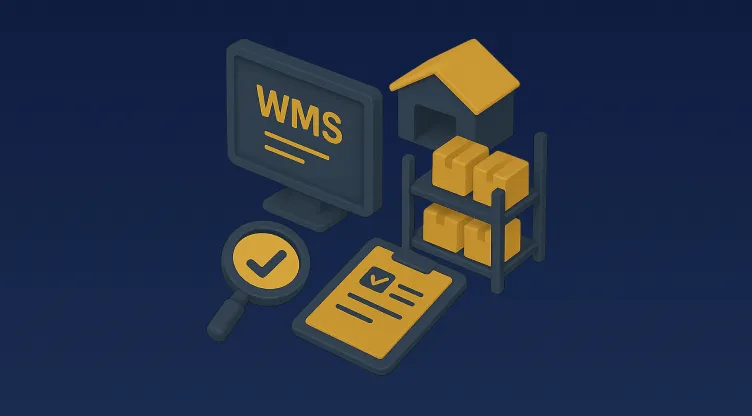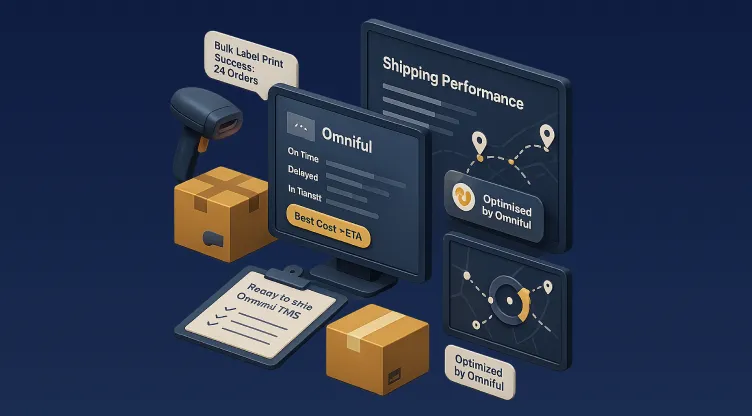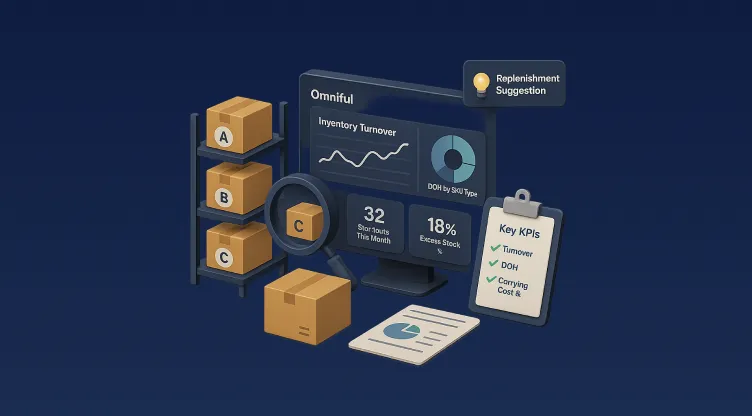
Explore how AGVs (Automated Guided Vehicles) are transforming warehouse logistics. Learn about benefits, use cases, and how they boost warehouse management efficiency.
Read More6 Min Read

Discover how automated putaway, smart picking, and labour scheduling are reshaping warehouse management for MENA retailers and 3PLs.
Read More5 Min Read

Explore how a modern Warehouse Management System empowers 3PL providers to manage diverse e-commerce SKUs and deliver white-labelled branding. Learn the features that drive operational success across multiple sellers.
Read More6 Min Read

Online inventory management is the process of tracking the physical inventory of your business. The tool can be cloud-based, or it can be a software system that uses your resources rather than relying on the cloud for managing the inventory levels, orders, sales, and deliveries in real time, which is particularly needed in retail inventory control and e-commerce inventory management.
Read More10 Min Read

Due to supply chain disruptions and labor shortages, retailers, manufacturers, and other omnichannel players constantly struggle to adapt. In fact, according to a report, some of the biggest challenges facing supply chain operations include talent shortages (56%), disruptions (54%), running out of stock (52%), and consumer demands (52%).
Read More14 Min Read

Efficient warehouse shipping operations ensure uninterrupted order processing and shipping activities.
Read More8 Min Read

Inventory analysis is the systematic evaluation of a company's stock levels, movements, and management practices.
Read More8 Min Read

Learn how to cut inventory lead times by improving supplier collaboration, using faster shipping methods, and sourcing locally. Tailored for MENA region supply chains.
Read More5 Min Read

In today’s competitive retail and e-commerce environment, particularly across the MENA region, accurate inventory data is critical. Whether you’re a growing D2C brand in Saudi Arabia or a large 3PL provider in the UAE, your inventory accuracy can make or break your bottom line. Delays, miscounts, or overstocks all stem from one issue: lack of visibility and control. That’s where inventory audits step in.
Read More5 Min Read
Transform your business with Omniful
Where Efficiency Meets Innovation for Unparalleled Success